The Weekly Anthropocene, March 27 2024
The big picture on GDP, emissions, and health, mutualism with eiders, unfoldable solar, a wondrous new orchid, a heat-resistant coral reef spawns, ocean carbon removal comes to America, and more!
The Big Picture
There’s a lot of fascinating stuff going on in this new International Energy Agency chart of GDP and carbon dioxide emissions since 1990. Global GDP (Gross Domestic Product) has grown 2.5x since 1990, but is increasingly decoupled from CO2 emissions. In the U.S., EU, Japan, Korea, and Australia, emissions are already falling while GDP continues to grow. As previously discussed in this newsletter, the IEA projects that CO2 emissions may be nearing a peak, so the whole world is likely to reach this “absolute decoupling” very soon!
Note that in the three possible future emissions pathways on the chart above, “STEPS” refers to current “business as usual,” “APS” means all announced climate pledges are met, and NZE means net zero emissions by 2050. In all of them, we reach absolute decoupling before 2030!
Key takeaway: the world is steadily growing much richer (poverty is declining worldwide!), and we will soon have green growth plus declining carbon emissions!
Here’s an example of what “a richer world” means on the ground. A recent United Nations report found that as public health advances, the number of child deaths around the world reached an all-time low in 2022—not just the rate, but the number! Over 12 million human children under the age of five died in 1990, but only around 5 million died in 2022. Slowly but surely, we are building a much better civilization.
The recent U.S. Congressional budget deal includes a one-year extension of PEPFAR, the landmark HIV/AIDS treatment program launched in 2003 that has been estimated to have saved millions of lives and essentially halted the African AIDS crisis. PEPFAR funding was briefly threatened by House Republicans until the recent deal. More than 20 million people currently depend on antiretroviral treatment provided by PEPFAR. This program doesn’t get a lot of attention, but in terms of lives saved, it’s probably the single most important United States government action of the 21st century. It’s really, really good for Africa and the world that it’s sticking around!
Europe
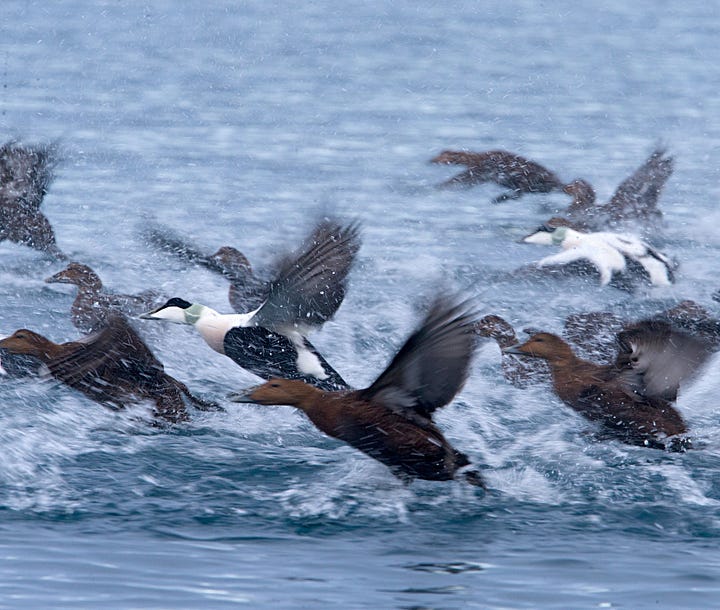
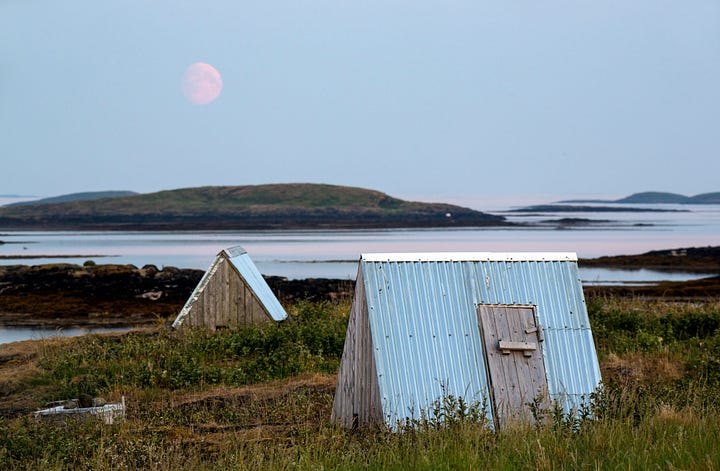
In the Vega Archipelago of Norway, “bird keepers” have practiced a mutualistic relationship with the local eider ducks for over four hundred years. The keepers build eider houses out of driftwood and other materials, complete with pre-made eider nests made of seaweed. Wild eiders arrive to nest there. The keepers try to guard them from predators until the hatchlings fledge, then collect the prized eiderdown left in the disused nests. A great example of a mutually beneficial animal-human relationship!
In Austria, a startup called Solar Container has invented an incredible self-contained rapidly deploying solar array. Starting as an easily transportable shipping container-sized block of 240 solar panels, with the click of a button it can unfold in just five hours to become a fully deployed electricity-producing installation with a peak capacity of 140 kW (0.14 MW), or enough to meet the electricity needs of 32 households. From disaster relief to rapid decarbonization, the potential uses are multitudinous. This is amazing!
Nonprofit Rewilding Portugal is introducing aurochs-like “tauros” cattle to the Côa Valley. The aurochs, the ancient ancestor of domestic cattle with a starring role in Paleolithic cave paintings, was driven to extinction in the 1600s, but the tauros is one of several modern attempts to “back-breed” modern cattle to express aurochs-like traits. In Portugal, they’ll soon be playing a similar role in the ecosystem, with their grazing patterns creating biodiverse, carbon-sequestering vegetation mosaics. Another step in the great rewilding of Europe!
Madagascar
A fascinating and extremely unusual new species has been discovered in the rainforests of Madagascar. Solenangis impraedicta is a tree-dwelling orchid with 2-centimeter flowers from which emerge massive 33-centimeter nectar spurs, the longest known of any plant relative to their flower size. The species is likely pollinated by the local extremely long-tongued orchid-pollinating hawkmoths, the existence of which was famously deduced by Darwin after observing a different Madagascan orchid species.
Interestingly, this new species discovery has also become a great example of biodiversity/clean energy coexistence. The orchid was first discovered just 100 meters from the footprint of the Japanese and Korean-owned Ambatovy mine. That’s a very important, much-needed mining project; Ambatovy represents the largest investment in the history of impoverished Madagascar, employs 8,000 Malagasy people, provides 27% of the entire country’s tax revenues all by itself, and is producing nickel and cobalt, key minerals for EV batteries and other energy transition products. When scientists reported the orchid discovery to Ambatovy management, the company agreed to fund a monitoring program for the wild population plus new captive-cultivating and seed bank initiatives to safeguard the future of this biological marvel. Great work!
“Finding such amazing and charismatic species happens only once in a scientist’s career…I feel confident that the species will not disappear if they continue to support all these conservation actions.”
-Dr. Tariq Stévart, tropical botanist
Cambodia
As the warming ocean causes deadly coral bleaching from Florida to Australia, researchers are excited about the resilient reefs off Cambodia. A team from Fauna & Flora recently observed the first documented synchronized mass multi-species coral spawning in Cambodian waters, a sign that the reef ecosystem is thriving despite the threat of climate change.
Previous surveys indicated that the reefs in this region haven’t been declining in recent decades, bucking the global trend, so we’re likely looking at some serious heat-resistant genes around here. Spawn from these heat-resistant corals could one day be used to help rebuild devastated reefs elsewhere! Most if not all of the coral on the Earth of 2300 will likely be descended from special reefs like this one. Great news.
“The coral is thriving. Everywhere we would go we would see more colonies that were spawning. It’s very hopeful.”
-Matt Glue, Fauna & Flora
United States

The carbon capture pioneers at Vesta have received an unprecedented federal permit1 to begin the first-ever ocean carbon removal project in U.S. waters. For this pilot project, they’ll be placing 6,150 cubic yards (or about 9,000 tons) of olivine sand on the seafloor near the small town of Duck, on the low-lying and highly climate-vulnerable Outer Banks islands of North Carolina. Olivine reacts with carbon dioxide dissolved in the seawater, sequestering it in a new stable mineral form.
The approval of this pilot project is a truly EPIC moment! Someday, widespread olivine sandbars might help stabilize Earth’s climate near coastlines worldwide.
The Biden Administration has finalized the strongest-ever pollution standards for new passenger cars, taking effect with the 2027 model year. The new standards have been calculated to avoid 7.2 billion tons of carbon emissions through 2055, while saving $62 billion in reduced fuel costs and $13 billion in public health benefits from cleaner air.
“With transportation as the largest source of U.S. climate emissions, these strongest-ever pollution standards for cars solidify America’s leadership in building a clean transportation future and creating good-paying American jobs, all while advancing President Biden’s historic climate agenda.”
-EPA Administrator Michael S. Regan.
Supporting President Biden’s Cancer Moonshot efforts, the EPA has also finalized a ban on asbestos, a highly carcinogenic substance that has been mostly discontinued but is still linked to about 40,000 deaths in the U.S. each year.
President Biden also announced $8.5 billion in direct assistance and $11 billion in CHIPS and Science Act loans for chip maker Intel, which will catalyze $100 billion in private investment to build up vital American semiconductor manufacturing.
Biden’s Department of Energy also just invested $6 billion of IRA and BIL funding into America’s largest-ever industrial decarbonization program, supporting 33 projects manufacturing products from iron to aluminum to cement to glass with lower-emission processes. Speeding up the whole-of-economy shift to clean energy will bear fruit for decades to come!
After years of delay, Bill Gates’ startup TerraPower is set to start construction in June 2024 on its first next-generation nuclear power plant. It’s located near a retiring coal plant in Kemmerer, Wyoming, should be complete by 2030, and will have a “normal” electricity-generating capacity of 345 MW with the ability to produce up to 500 MW for short periods. Good news; we need as many clean electrons as we can get!

The Department of Energy reported that next-generation geothermal (e.g. Fervo Energy & friends) could provide up to 90 GW (90,000 MW) of clean energy in the U.S. by 2050, or a full 10% of the new capacity America needs to decarbonize its power supply. We’re getting another epic renewables surge! Great news.
Arizona just brought the Sonoran Solar Energy Center online, adding 260 MW of solar plus a titanic 1 gigawatt-hour of battery storage to the Phoenix-area grid. Transformative projects like these are becoming incredibly common!
Ohio has approved the nation’s largest-ever agrivoltaics project, with construction set to begin in 2025. When complete, the Oak Run project will consist of 800 MW of solar plus 300 MW of battery storage, spreading across 6,000 acres with 2,000 of those acres devoted to farming and grazing. Excellent work!
In Minnesota, 52 real-time temperature monitoring sensors were recently deployed on power lines. These “magic balls” allow the utility to know when it’s safe to send extra power down specific lines, making the grid more efficient. A much-needed grid-enhancing technology; let it spread fast and far!
A Colorado startup called Radia is hoping to build the world’s largest-ever plane to serve as a flexible cargo carrier for extra-large wind turbine blades, making extra-large wind farms feasible across more of America. Dubbed WindRunner, the plane would be 356 feet long (over 100 meters) and carry 80 tons, twelve times the volume of a Boeing 747. If all goes well, WindRunner should be flying in four years. Here’s hoping it works!

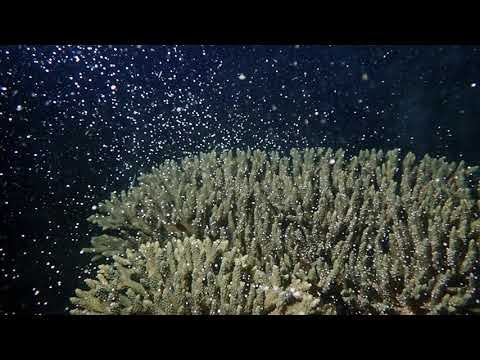


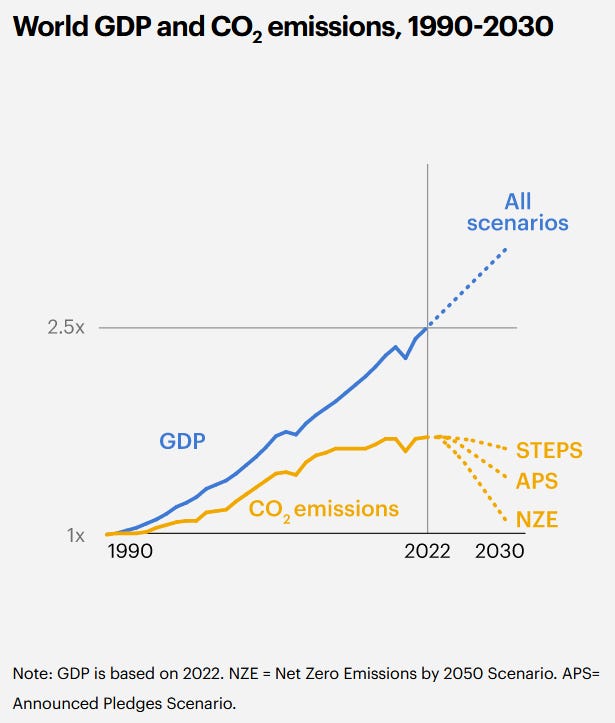

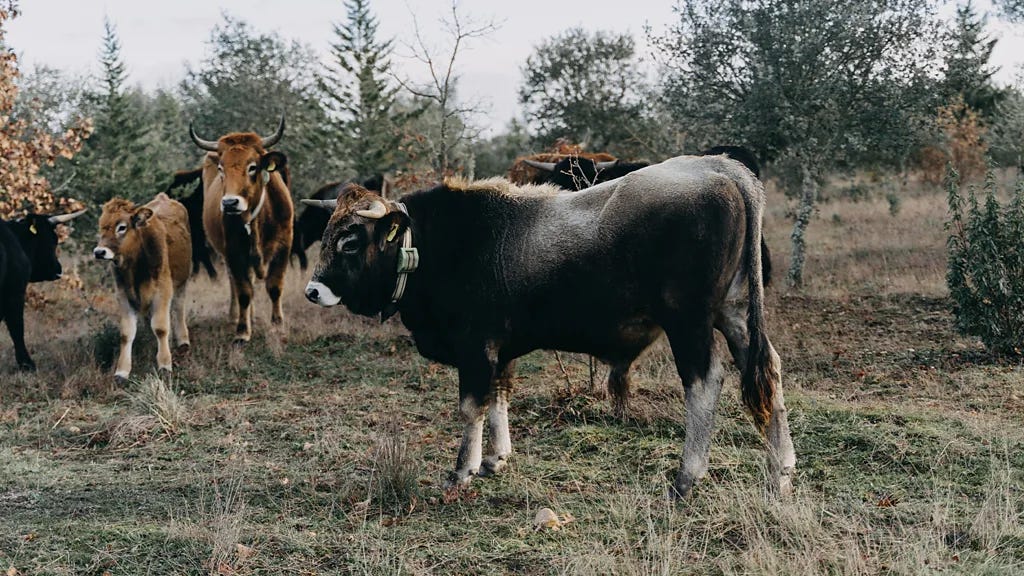


"Slowly but surely, we are building a much better civilization.
Sam, those words are so inspiring and also true I believe. We're gradually becoming more humane aren't we.
Take aways for me..Those amazing mortality charts.
The container,/solar panel station. Produce those at scale and you get rural electrification for off-the-grid locations.
Cambodian corals who thrive in warming waters--that's huge!
Agrivoltaics - I'm a fan!